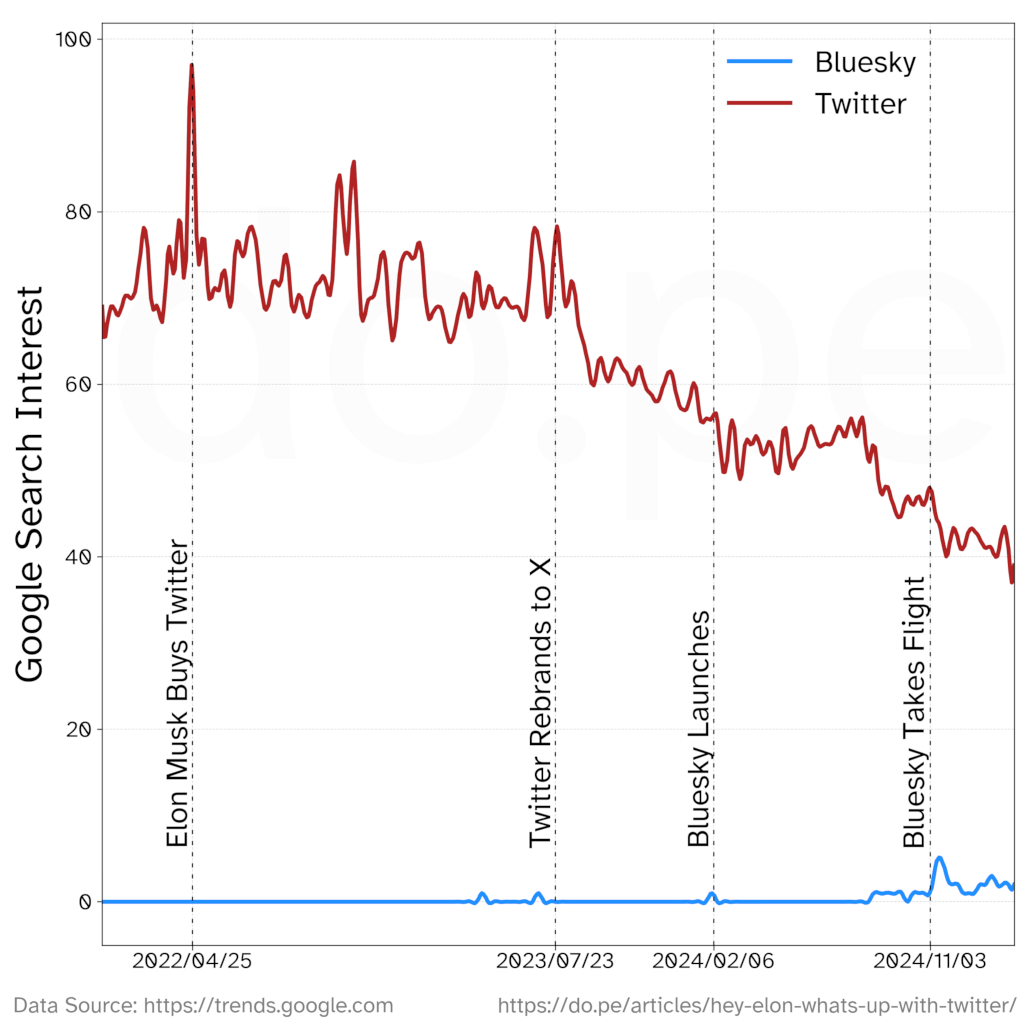Ah, the classic “we’re all a family here” speech. It’s the speech your boss gives right before asking you to stay late unpaid or cover for Karen—who mysteriously gets “sick” every Monday. But let’s be real—your company is not your family. A real family doesn’t fire you when times get tough, replace you with someone cheaper, or lay you off via email. Corporations do. And they won’t lose sleep over it.
The Guilt Trap: Why They Want You to Feel Obligated
There’s a reason companies love to throw around the F-word (family, not the other one—though sometimes both). It’s a carefully crafted guilt tactic designed to make you feel personally responsible for your job, your team, and your boss’s quarterly bonus. If they can convince you that leaving would be some great betrayal, they can squeeze extra work out of you without giving you extra pay.
Think about it: have you ever seen a company hesitate to lay off entire departments? Do CEOs sit in their offices, clutching their pearls, sobbing over the lives they’re affecting? Not likely. If it’s in the company’s financial interest to cut you loose, they will. So why should you feel bad for doing the same?
Yet, so many employees hesitate when a better opportunity comes knocking. They think about the team they’d leave behind, the unfinished projects, or how “it just doesn’t feel right.” Meanwhile, upper management is already drafting a job listing for your replacement, probably with a lower salary and fewer benefits. Funny how that works.
The “Family” That Wouldn’t Drive You to the Airport
Ever tried calling your boss at 5 AM for a ride to the airport? No? Then you already know this “family” thing is a scam. But just for fun, imagine asking for actual family-level support at work:
- “Hey, since we’re a family, can I borrow some money to cover my rent this month?”
- “Since we’re like siblings, do you mind if I take an extra two weeks off, unpaid, just because I need a break?”
- “Since we’re all in this together, can I have an ownership stake in the company?”
Yeah, that’s what I thought.
The Reality: You’re a Player on a Team, Not a Member of The Family
If we’re going to use metaphors, let’s pick a more accurate one: a workplace is a sports team, not a family. You get drafted, you play your heart out, and the moment your performance drops or the team finds someone better, you’re traded or benched. No hard feelings—just business.
And let’s be honest, most companies wouldn’t even bother trading you. They’d cut you at 4 AM and have security escort you out before you even had time to pack up your motivational coffee mug. Meanwhile, your “family” of coworkers will be too busy updating their resumes to protest on your behalf.
The Fine Print of Workplace “Loyalty”
Of course, this doesn’t mean you should go full scorched-earth, flipping tables on your way out the door. Burning bridges isn’t the move. But neither is staying in a job that undervalues you just because you’re afraid to hurt someone’s feelings.
Your job is a transaction, not a blood pact. If your company could replace you tomorrow for half the cost, they wouldn’t hesitate. So why should you?
Bottom Line: Look Out for Yourself
Here’s what you should take away from all this:
- Your company is not your family. If it came down to you or their bottom line, the bottom line wins.
- Feeling guilty about leaving a job is like feeling guilty about switching phone providers. They’d cut you loose without hesitation—extend them the same courtesy.
- The best way to stay ahead? Keep your resume updated, keep an eye out for better opportunities, and never let loyalty blind you to a better deal.
So, the next time your boss tells you, “We’re all a family here,” smile, nod, and mentally add: “And I’m the cousin who’s about to hit the lottery and never come to Thanksgiving again.”
Why Companies Always Put Profits Over People
Ever notice how companies love to throw pizza parties instead of giving actual raises? That’s not generosity—it’s a distraction. They’ll call you a “valued team member” right up until the moment they lay you off, and they’ll expect you to give two weeks’ notice while they’d replace you in two hours if it saved them a few bucks.
The harsh reality? Companies will always put profits over people. No matter how much they claim to value you, their primary goal is not your well-being—it’s their bottom line. That’s just how business works. And if you don’t treat your own career with the same level of self-interest, you’re the only one who’s going to lose out.
Layoffs, Outsourcing, and the Disposable Employee
Think about all the times companies have suddenly laid off employees, closed entire divisions, or outsourced jobs overseas—often while still turning a profit. The excuse? “It’s just business.”
That’s their favorite catchphrase when it’s time to cut costs. Funny how that works, considering employees are expected to be “loyal” while companies can turn around and dump workers whenever it’s convenient.
Next time you feel guilty about leaving, remember this:
- Have you ever heard of a company giving employees a two weeks’ notice before firing them? No? Exactly.
- When companies merge, they often lay off hundreds of people in the name of “efficiency” while executives cash in massive bonuses.
- If your company could replace you with a cheaper worker tomorrow, would they? If the answer is yes (and it probably is), then you don’t owe them anything more than the work you’re paid for.
Remember: you are not indispensable to your employer. If the budget gets tight, if a department gets restructured, or if your role can be automated, they won’t hesitate to let you go. And when that happens, will they worry about how loyal you were? Nope. They’ll escort you out with a cardboard box and a “best of luck” email.
The “We Can’t Afford Raises” Lie
If you’ve ever been told, “There’s no room in the budget for raises,” only to see the CEO roll up in a brand-new luxury car the next week, congratulations—you’ve witnessed corporate gaslighting in action.
Here’s the truth: companies always have money. They just don’t want to spend it on you. Instead, they’ll:
- Give executives massive bonuses while telling the rest of the staff to “tighten their belts.”
- Spend millions on rebranding and unnecessary corporate perks while freezing employee wages.
- Preach about company loyalty but refuse to adjust salaries for inflation.
So, the next time they tell you there’s “no money” for raises, just remember: it’s not that they don’t have the money. It’s that you’re not where they want to spend it. And that’s all the more reason for you to look out for yourself.
Don’t Fall for the “Loyalty” Trap
Loyalty in the workplace is a one-way street. Employees who go above and beyond without asking for more compensation aren’t seen as dedicated—they’re seen as an opportunity to get extra work for free. The reward for working hard isn’t always a raise or a promotion; more often, it’s just… more work.
Meanwhile, the guy who job-hops every few years? He’s getting higher salaries and better benefits every time he jumps. Why? Because companies pay more for new talent than they do for existing employees.
If you stay in the same job for too long, you’re basically giving your employer a discount on your labor. And trust me, they won’t thank you for it.
The Only Person Who Should Be Loyal to Your Career Is You
At the end of the day, your employer is making decisions that benefit them. You should be doing the same. That means:
- Negotiating your salary aggressively.
- Looking for better opportunities regularly.
- Never feeling guilty for leaving a job that isn’t serving you.
You are a business of one. The sooner you start treating yourself that way, the better off you’ll be.
So, the next time a company tells you, “We’re all in this together,” take a look at the executive paychecks, the corporate bonuses, and the way they treat employees when times get tough. Then, act accordingly.
The Best Career Move? Always Be Open to New Opportunities
There’s an old-school mentality that says job-hopping makes you look unreliable. That staying at the same company for 10, 15, or even 20 years is the best way to build a stable career. You know who loves that mentality? Employers. You know why? Because it keeps you underpaid and overworked while they rake in profits.
But here’s the truth: if you want to maximize your earning potential and career growth, you need to always be looking for your next opportunity. The employees who switch jobs strategically—every few years, with a pay increase—are the ones who end up making the most money and advancing the fastest.
Why Job-Hopping Pays Off
Let’s break it down. The average annual raise for an internal employee is around 3%. Meanwhile, the average salary increase for switching jobs is 10-20% (or more!).
So, let’s say you’re making $50,000 a year. If you stay put, you’re looking at an extra $1,500 per year, if that. But if you switch jobs, you could be looking at an instant $10,000 raise. Do that a couple of times, and suddenly, you’re making way more than the “loyal” employees who stayed put.
Employers don’t reward loyalty. They reward negotiation and new talent. So instead of sticking around, hoping they’ll finally “see your value,” go find someone who does.
How to Know When It’s Time to Move On
Wondering if it’s time to start looking elsewhere? Ask yourself:
- Have I been passed over for raises or promotions despite consistently good performance?
- Is my salary keeping up with industry standards (or am I getting underpaid)?
- Do I feel stagnant in my role, like I’m not learning or growing anymore?
- Is my job negatively impacting my mental health or work-life balance?
- Have I noticed high turnover at my company (a sign of deeper issues)?
If you answered “yes” to any of these, it’s time to update that resume. And if you answered “yes” to most of them? You should’ve started looking yesterday.
How to Job Hunt Without Raising Red Flags
Job hunting while employed is like sneaking out as a teenager—exciting, risky, and something you don’t want to get caught doing.
Here’s how to be smart about it:
- Keep your job search private. Don’t tell your coworkers you’re looking. Office gossip spreads faster than a viral meme.
- Update your LinkedIn quietly. If you suddenly go from “no activity” to “liking and commenting on every recruiter’s post,” people will notice.
- Use personal email and devices. Never job hunt using company resources unless you want IT (and your boss) to know.
- Schedule interviews strategically. Try for early mornings, lunch breaks, or after work. If needed, take a sick day.
- Be honest but strategic in interviews. If asked why you’re looking, say something like, “I’m looking for new challenges and opportunities to grow,” rather than “My boss is a micromanaging nightmare.”
Leave on Your Own Terms
Once you land a better job, it’s time to make your exit the right way—without burning bridges (unless they really deserve it).
Some tips:
- Give notice, but don’t overdo it. Two weeks is standard. Anything beyond that is unnecessary unless you genuinely want to help with the transition.
- Be professional. No need to write a novel in your resignation letter. Keep it short and respectful.
- Don’t get guilt-tripped into staying. If they suddenly offer you more money, ask yourself why they didn’t pay you what you’re worth before you threatened to leave.
- Tie up loose ends. Don’t just coast through your final days—leave on a good note. You never know when a former coworker might be a future reference.
Your Career, Your Rules
At the end of the day, you don’t owe your employer anything beyond the work they’re paying you for. If you have a better opportunity, take it—without guilt, without hesitation, and without looking back.
Remember: they’d replace you tomorrow. So don’t feel bad about replacing them first.
The Right Way to Quit: Planning Your Exit Strategically
So, you’ve done the math. You’ve looked at your paycheck, compared it to the CEO’s yacht budget, and realized you could be making way more money elsewhere. Now it’s time to make your move.
Quitting a job is an art. Do it wrong, and you burn bridges. Do it right, and you keep your professional reputation intact while securing a better future for yourself. The goal? Get out clean, get out smart, and get out richer.
Step 1: Secure the Bag Before You Jump Ship
The best time to quit is when you already have another offer lined up. Unless your current job is actively destroying your mental health, don’t quit without a backup plan—because no matter how much you hate it, unemployment checks won’t match your paycheck.
Here’s what to do before you make it official:
- Lock in your next job. Get that offer letter signed before saying a word to your boss.
- Negotiate your new salary. If they want you, they’ll pay for you. Never accept the first offer.
- Check your benefits. Make sure there’s no gap in health insurance or 401(k) contributions.
- Download important contacts and work samples. Not proprietary company info—just anything that helps your portfolio or professional network.
Step 2: Give Notice, But Keep It Short and Sweet
The standard is two weeks. Anything longer is charity work.
Resignation letters should be short and boring—you don’t need to explain yourself. Example:
Dear [Manager’s Name],
Please accept this as my formal resignation from [Company Name], effective [Last Day, Two Weeks from Now].
Thank you for the opportunities I’ve had here, and I appreciate the experience I’ve gained. I will do my best to ensure a smooth transition.
Sincerely,
[Your Name]
No need for a TED Talk. No need to tell them where you’re going. Just hand it over, smile, and let them process the fact that they should have paid you more while they had the chance.
Step 3: Expect Guilt Trips and Counteroffers
Once you resign, be ready for the guilt trips. Managers suddenly start acting like they care, coworkers ask if you’re sure about this, and HR might throw a counteroffer your way.
Stay strong. If they really valued you, they wouldn’t wait until you’re leaving to offer more money. Most people who accept counteroffers end up quitting within six months anyway—because nothing really changes.
Just say, “I appreciate the offer, but my decision is final.” Then keep it moving.
Step 4: Tie Up Loose Ends and Leave on a High Note
Even if you hate your job, don’t go crazy. Finish up any outstanding work, leave solid documentation, and help with the transition if needed. Leaving professionally keeps your reputation intact—and you never know when you might cross paths with someone again.
It’s Your Career, Leave on Your Terms
At the end of the day, your job is a business transaction, not a lifelong commitment. You owe it to yourself to seek out the best opportunities, the best pay, and the best work-life balance possible.
So take that better offer, hand in your resignation, and walk out with your head high. Because when it comes to your career, there’s only one person who should be calling the shots. And it sure as hell isn’t your boss.




